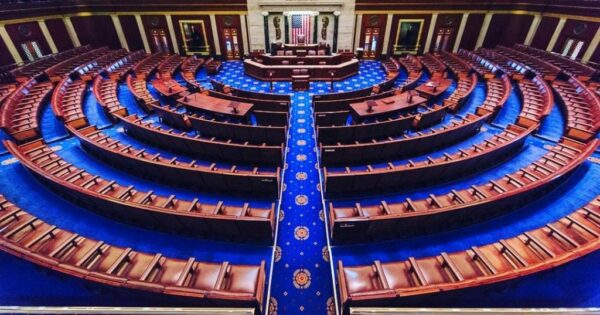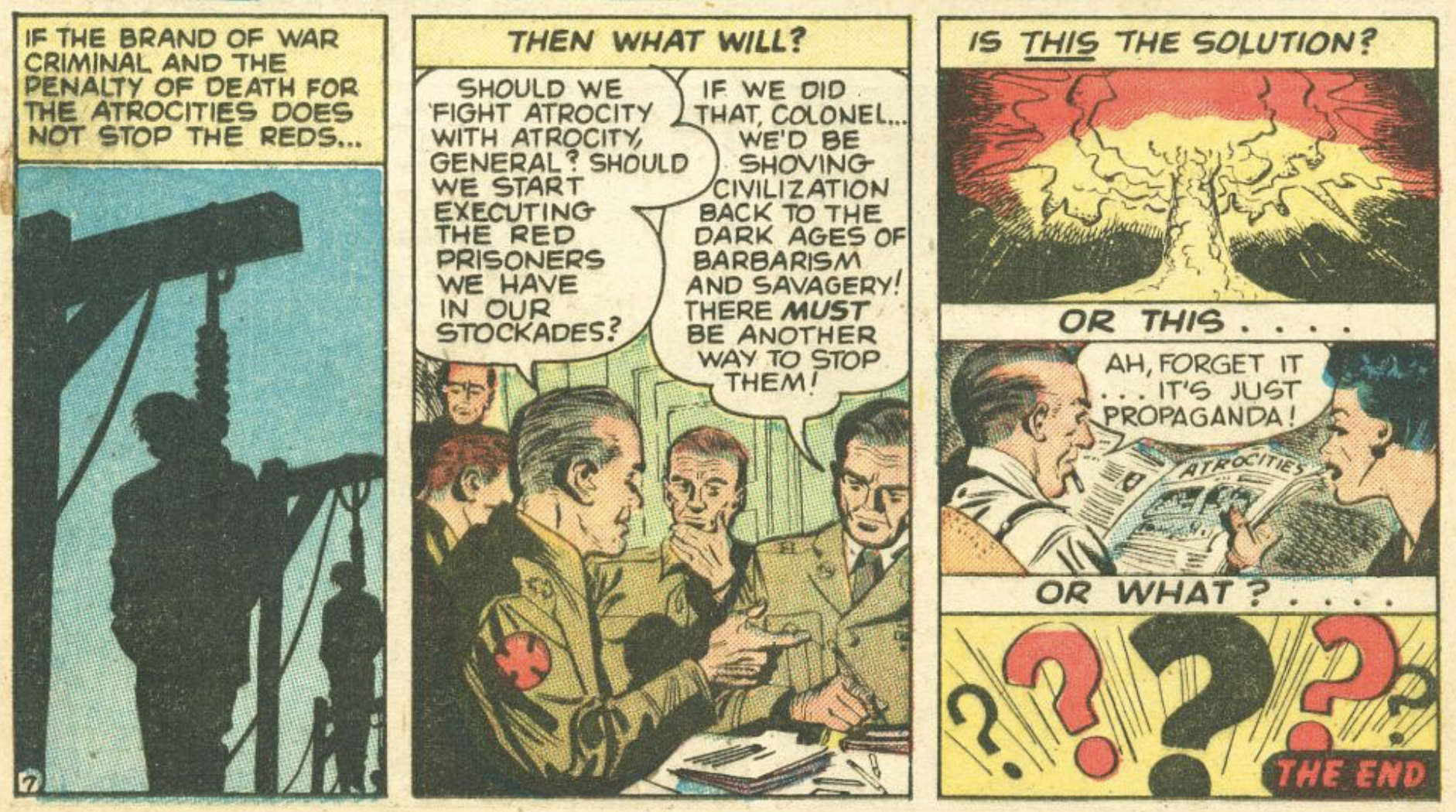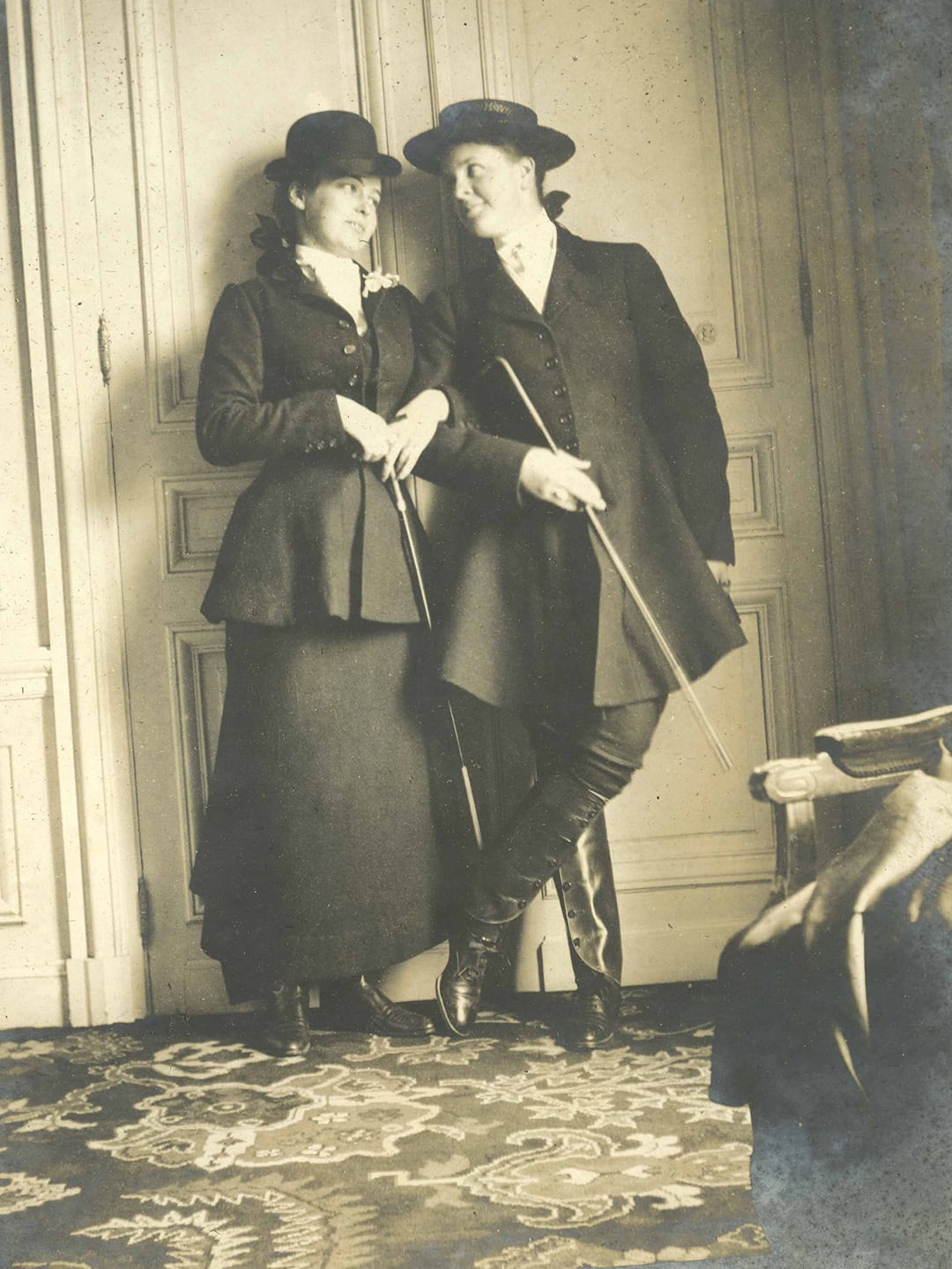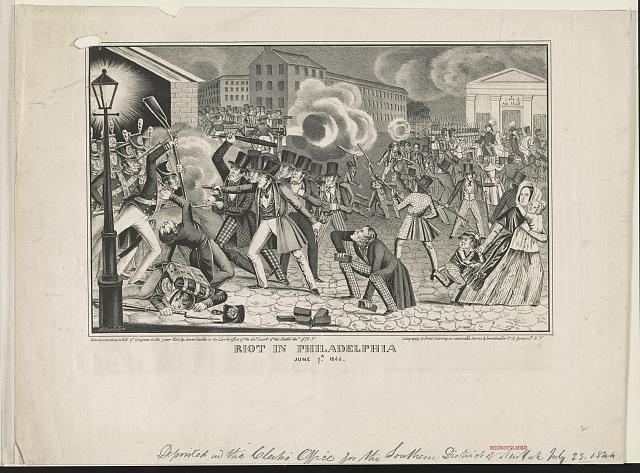A tense atmosphere is building in Washington, DC: an unpopular president in office, an election marked by criminal tampering, and a special prosecutor probing the clandestine hijinks of White House and campaign officials. Demonstrators are filling the nation’s streets, there’s a long and controversial war sapping America’s treasure in lives and dollars, and whispers are circulating about impeachment. Early special elections appear to signal that a wave of voter anger might be building toward a dramatic climax in the November off-year election. One longtime Republican House seat in western Pennsylvania has already dramatically shifted in late winter to a Democratic war veteran, and scores of young candidates—many without prior electoral experience—are preparing to launch long-shot candidacies for Congress.

In 1974, 76 Democrats “rode a wave of public disenchantment” over several issues to get elected to Congress, according to John Lawrence. United States House of Representatives/Wikimedia Commons
The scenario sounds current, but in fact describes the political atmosphere that existed in early 1974. By November of that year, 76 mostly young, often impatient, and frequently unconventional Democrats rode a wave of public disenchantment over Vietnam, Watergate, the energy embargo, and the weak economy into Congress. This cohort of innovative activists, whom the noted political scientist and Congress-watcher Norman Ornstein called “the most consequential congressional class of the 20th century,” has been persistently understudied. Frequently (and unjustly), they have been denigrated and dismissed as intemperate “Watergate Babies,” more petulant than political and more concerned with their own survival than the House to which they had won election. Recalling how the post-Watergate reformers planned their campaign and charged into Washington in December 1974 provides timely insights into how the 2018 election might well evolve, and what a phalanx of new, determined reformers might mean for the 116th Congress.
The disenchantment of the public toward Congress in 2018 seems reminiscent of the conditions that impelled the members of the Class of 1974 to begin what frequently seemed improbable campaigns. No one was more surprised at their success than the members of the class themselves. “We were young! We looked weird!” recalled Connecticut’s Toby Moffett, a former Nader Raider and Nixon administration employee. “I can’t even believe we got elected!”
The freshmen joined long-frustrated reformers like Richard Bolling, Don Fraser, and Phillip Burton, whose efforts to liberalize the House had been, until then, obstructed by the Conservative Coalition composed of southern Democrats and many Republicans. With the election of the huge Class of ’74—“the “Reinforcements,” as New York’s Bella Abzug called them—the reformers had the votes in the Democratic Caucus to push through significant changes. They began by deposing several autocratic or incompetent committee chairmen and disbursing power to subcommittees. By limiting the ability of the old bulls to chair multiple subcommittees and exclude liberals from membership, younger and more progressive members were able to press new agenda priorities including energy independence, consumer protection, environmental quality, and, especially, ending American involvement in Vietnam.
So much of this history sounds familiar. Once again, the misbehavior of a controversial president is provoking talk of impeachment. An independent Justice Department inquiry is scrutinizing a tainted campaign, and stealth conspiracies are spun out daily, implicating a seemingly endless list of White House and campaign co-conspirators.
There is again widespread dismay that Congress has withered into what Pennsylvania Sen. Joseph Clark in 1964 derisively described as “the sapless branch of government.” Aggressive oversight of the Executive Branch, a hallmark of Congress’s role as the first branch, has withered; scandals that 40 years ago would have resulted in dramatic hearings riveting Americans to their TVs are routinely ignored today by a complacent Congress. Little wonder that according to a recent Newsweek poll, fewer than one in five Americans has confidence that our elected legislators in Washington are capable of acting even when broad, bipartisan majorities favor legislation on issues like immigration and gun reform. And the public disenchantment goes even deeper, especially among younger Americans who have little recollection of an effective federal government. In one recent study, less than one-third of those born since 1980 believe it is even “essential” to live in a democracy!
Parallels aside—and drawing them too freely can be perilous for historians—much has changed since 1974, much of it for the worse in terms of the perceived competence and fairness of Congress. Campaign spending, unleashed by the unintended impacts of statutes, regulations, and court decisions, has soared into levels never anticipated. Whereas some insurgent 1974 candidates won seats in Congress with just a few thousand dollars, contested races for a two-year House seat today can easily soar into the millions; Senate races commonly exceed $100 million, and presidential races are nearing one billion dollars in spending.
In addition, a highly partisan and unregulated media has replaced the quaint three-network world of the mid-1970s; the abandonment of the Fairness Doctrine in 1987, a casualty of the deregulatory fervor of the Reagan years, allows caustic ideology to masquerade as serious journalism. The deterioration of press credibility has prompted widespread skepticism about “fake news” as cable TV, talk radio, and social media all serve to reinforce rather than temper extreme, fallacious assertions. Dozens of severely gerrymandered House districts, as well as the Electoral College, fuel widespread cynicism by appearing to defy the voters’ will and rewarding those who lose popular votes with inexplicable victories.
In particular, a deep and bitter partisanship has sorted Americans into ideologically differentiated camps that, unlike in the 1970s, are reflected in party loyalties. For vast numbers of base voters who disproportionately influence party platforms and primary selections, “moderation . . . is no virtue,” as Barry Goldwater apocryphally asserted in 1964. Rather than rewarding or valuing compromise and collaboration, the hallmarks of a functional legislature and enduring legislation, elected officials are often endangered species if they dare to express a willingness to negotiate with those who are viewed not simply as the other party, but as the enemy.
Yet as in 1974, the despair felt by many voters toward the state of our democracy is not discouraging a new generation of aspirants from seeking office. Across the country, dozens of younger men, and unlike 1974, women, from widely diverse backgrounds and disparate outlooks, instead of dropping out of politics in disgust, are elbowing their way into both primary challenges to established officeholders, and in general elections.
In 1974, those insurgents included not only attorneys, state legislators, and mayors but also educators, a minister, a steel worker, and a housepainter. They were a diverse group, hardly the uniformly liberal group of restless reformers, as historians have generally portrayed them. But they did share a conviction with their 2018 counterparts—Congress, they asserted, must become a revitalized and respected institution, and they were prepared to challenge traditional practices and entrenched leadership to remake the House. “We were a conquering army,” said California’s George Miller, a 29-year-old legislative aide. “We came here to take the Bastille. We destroyed the institution by turning the lights on.”
The spirit and optimism are there, but the outcome remains far from certain in these volatile and perilous times. Ultimately, voters will decide whether the new crop of candidates in 2018 will succeed in achieving the kinds of reforms that marked the Class of ’74.
Established by the AHA in 2002, the National History Center brings historians into conversations with policymakers and other leaders to stress the importance of historical perspectives in public decision-making. Today’s author, John Lawrence, recently presented in the NHC’s Washington History Seminar program on “The Class of ’74: Congress After Watergate and the Roots of Partisanship.”
This post first appeared on AHA Today.
John Lawrence, author of The Class of ’74: Congress after Watergate and the Roots of Partisanship, teaches at the University of California’s Washington Center. He has a PhD in history from the University of California, Berkeley, and worked in Congress for 38 years, the last eight as chief of staff to Speaker Nancy Pelosi.
This work is licensed under a Creative Commons Attribution-NonCommercial-NoDerivatives 4.0 International License. Attribution must provide author name, article title, Perspectives on History, date of publication, and a link to this page. This license applies only to the article, not to text or images used here by permission.


